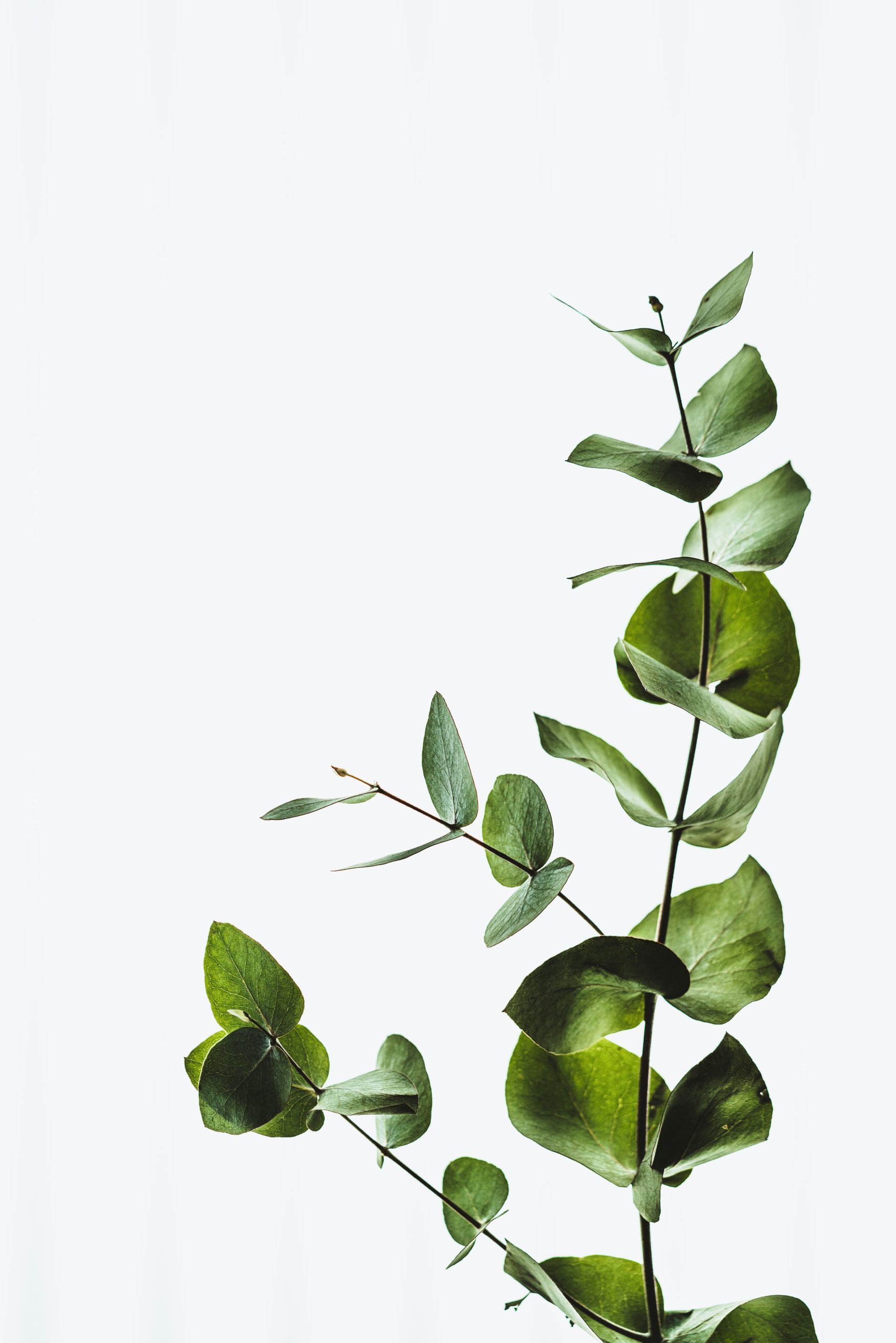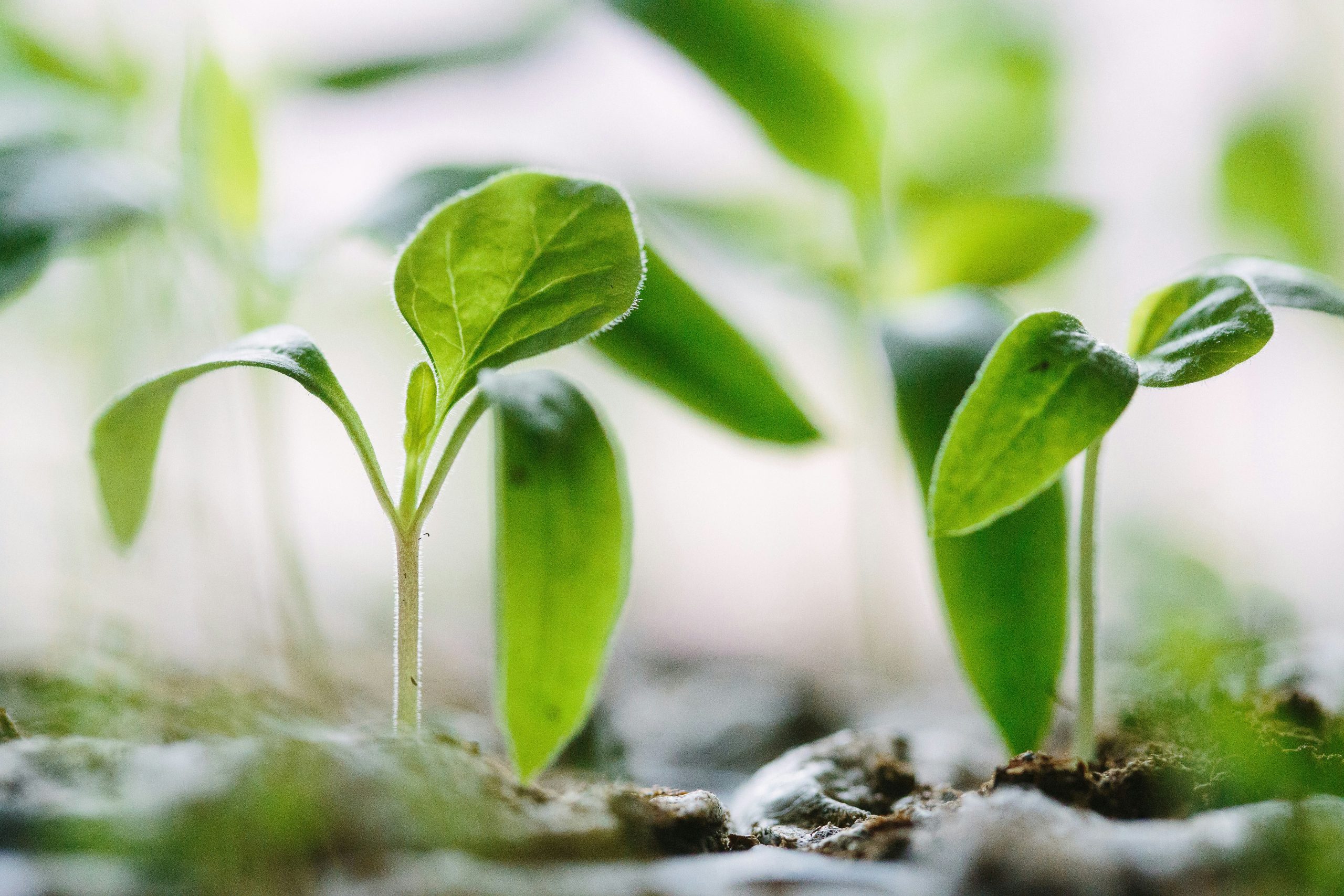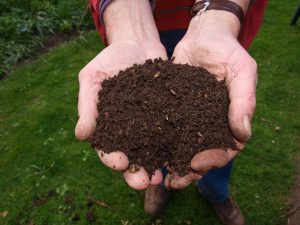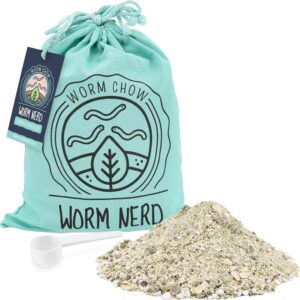In our journey towards a greener lifestyle, we’ve often found ourselves pondering about the little things we can do to reduce waste. One such item that might surprise you is dryer lint. “Can I Compost Dryer Lint?” explores the feasibility of adding this household byproduct to our compost bins. We’ll delve into the components of dryer lint, discern which types are compost-friendly, and provide tips for incorporating lint into our composting practices effectively. Together, let’s uncover how something as seemingly insignificant as dryer lint can have a positive impact on our environment! Have you ever wondered what to do with all that leftover dryer lint? We gather it after every laundry cycle, and it accumulates faster than we’d expect. Many of us toss it in the trash without a second thought, but what if there was a more eco-friendly option? This friendly guide will walk you through all you need to know about composting dryer lint, including its pros, cons, and best practices.

What is Dryer Lint?
Dryer lint is the fuzzy byproduct that collects in your dryer’s lint trap after clothes come out. This seemingly insignificant residue comprises small fibers and particles from our clothing. These could be natural fibers like cotton or wool, or synthetic fibers like polyester and nylon. It’s essential to understand what dryer lint is made of before deciding if you can compost it.
Composition of Dryer Lint
Dryer lint is primarily composed of fibers and particles from clothes, towels, and linens. It’s a mix of both natural and synthetic materials. Here’s a breakdown of a typical dryer lint composition:
| Material Type | Example | Proportion (%) |
|---|---|---|
| Natural Fibers | Cotton, Wool, Linen | 40-60% |
| Synthetic Fibers | Polyester, Nylon, Acrylic | 20-40% |
| Debris | Skin cells, Dirt, Pet hair | 0-10% |
| Chemical Residue | Detergents, Fabric Softeners | 0-10% |
Why Consider Composting Dryer Lint?
Now that we know what dryer lint is made of, the big question remains: why should we consider composting it? Composting is an excellent way to recycle organic waste and turn it into nutrient-rich soil for our gardens.
Benefits of Composting Dryer Lint
- Reduces Landfill Waste: By composting dryer lint, we reduce the waste that ends up in landfills.
- Nutrient-Rich Compost: Natural fibers decompose and add valuable nutrients to the compost.
- Eco-Friendly: It’s a more sustainable way to deal with dryer lint compared to throwing it in the trash.
- Reusing Organic Material: Keeps organic material in a circular loop, enriching the soil instead of becoming waste.
Challenges of Composting Dryer Lint
- Presence of Synthetic Fibers: Synthetic fibers do not break down easily and can introduce microplastics into the environment.
- Chemical Residues: Detergents and fabric softeners can introduce harmful chemicals into your compost.
- Non-Biodegradable Components: Synthetic materials are not biodegradable and can contaminate your compost.
Composting dryer lint has its pros and cons. It’s essential to weigh these factors before deciding whether to compost your dryer lint. In the following sections, we’ll dive deeper into best practices and tips for successfully composting dryer lint.
Can I Compost Dryer Lint?
The answer is not a simple yes or no. While some dryer lint can be composted, other types should be avoided. Let’s explore how to determine if your dryer lint is compostable and how to go about composting it.
Identifying Compostable Dryer Lint
To ensure that your dryer lint is safe for composting, follow these general guidelines:
- Natural Fibers: Lint from clothes made of 100% cotton, wool, or other natural fibers is compostable.
- Synthetic Fibers: Lint from synthetic fabrics like polyester, nylon, and acrylic should be avoided as they don’t break down in compost.
- Chemical-Free: Lint from clothes washed with natural or chemical-free detergents and fabric softeners is preferable.
Sorting Your Dryer Lint
Here’s a step-by-step guide to sorting your dryer lint:
- Examine Clothing Labels: Check labels to identify the fabric composition of your laundry.
- Separate Lint: Segregate lint from loads containing mostly natural fibers and those with synthetic fibers.
- Check Detergents: Identify if the detergent and fabric softeners used are eco-friendly and free from harmful chemicals.
Best Practices for Composting Dryer Lint
Once you’ve sorted your dryer lint, it’s time to move on to composting. Follow these best practices to ensure a successful composting experience.
Carbon to Nitrogen Ratio
Dryer lint is high in carbon (browns), which needs to be balanced with nitrogen-rich materials (greens) in your compost pile.
| Material | Carbon-Rich (Browns) | Nitrogen-Rich (Greens) |
|---|---|---|
| Dryer Lint | ✔️ | ❌ |
| Dry Leaves | ✔️ | ❌ |
| Grass Clippings | ❌ | ✔️ |
| Vegetable Scraps | ❌ | ✔️ |
Aim for a carbon to nitrogen ratio of about 30:1. Mixing lint with kitchen scraps, grass clippings, and other green materials is a good approach.
Shredding Dryer Lint
Before adding dryer lint to your compost pile, consider shredding it to boost the decomposition process. Shredded lint breaks down faster and more efficiently than larger pieces.
Layering in the Compost Pile
Incorporate dryer lint as part of the brown layer in your compost bin. A straightforward method is to layer it with green materials:
- First Layer: Start with a base layer of coarse brown materials like twigs and leaves.
- Second Layer: Add green materials such as vegetable scraps or grass clippings.
- Third Layer: Sprinkle in shredded dryer lint.
- Repeat Layers: Continue alternating between green and brown layers.
Moisture and Aeration
Proper moisture and aeration are key to successful composting. Ensure that your compost pile remains damp, similar to a wrung-out sponge. Mix the pile regularly to introduce oxygen, which aids in decomposition.

Potential Issues When Composting Dryer Lint
While composting dryer lint, we might encounter some challenges. Here are common issues and how to address them:
Synthetic Fibers
Synthetic fibers don’t decompose easily and can contaminate the compost. If you suspect that your lint contains a significant amount of synthetic fibers, it’s best to discard it instead of composting.
Chemical Residues
Residues from detergents and fabric softeners can harm your compost. Use eco-friendly laundry products to minimize this risk. If your lint contains chemical residues, limit the amount used in your compost or avoid it entirely.
Microplastics
Microplastics from synthetic fibers can pose environmental and health risks. Avoid composting lint with a high concentration of synthetic materials to keep your compost free from microplastics.
Alternative Uses for Dryer Lint
If composting dryer lint isn’t a suitable option, there are several other creative and eco-friendly ways to reuse dryer lint.
Fire Starters
Dryer lint makes excellent fire starters for campfires and fireplaces. Roll a small amount of lint into a ball, wrap it in a piece of newspaper or tuck it into an empty toilet paper roll, and use it as kindling.
Craft Projects
Lint can be used in various craft projects. It’s a versatile material that can be dyed and shaped for arts and crafts activities. Create colorful papier-mâché or add it as stuffing in small craft items.
Pet Bedding
Small mammals like hamsters and gerbils can use dryer lint for bedding. Ensure that it’s free of synthetic fibers and chemical residues to keep pets safe.
Absorbent Cleanup Aid
Use dryer lint as an absorbent material for cleaning up spills. It’s especially effective for absorbing oil spills in the garage or workshop.

Conclusion
So, can we compost dryer lint? The answer is sometimes yes, sometimes no. Natural, chemical-free lint can be a great addition to our compost piles, but we must be cautious of synthetic fibers and chemical residues. Always pay attention to the makeup of your lint before composting it.
By following the best practices and being mindful of potential issues, we can turn our dryer lint into a valuable compost material. And if composting isn’t suitable, we have several other eco-friendly ways to reuse dryer lint, making sure that nothing goes to waste.
In the spirit of being more sustainable and eco-conscious, let’s keep the conversation going. Do you have any tips or experiences with composting dryer lint? Share them with us! Together, we can make greener, smarter choices for a healthier planet.



